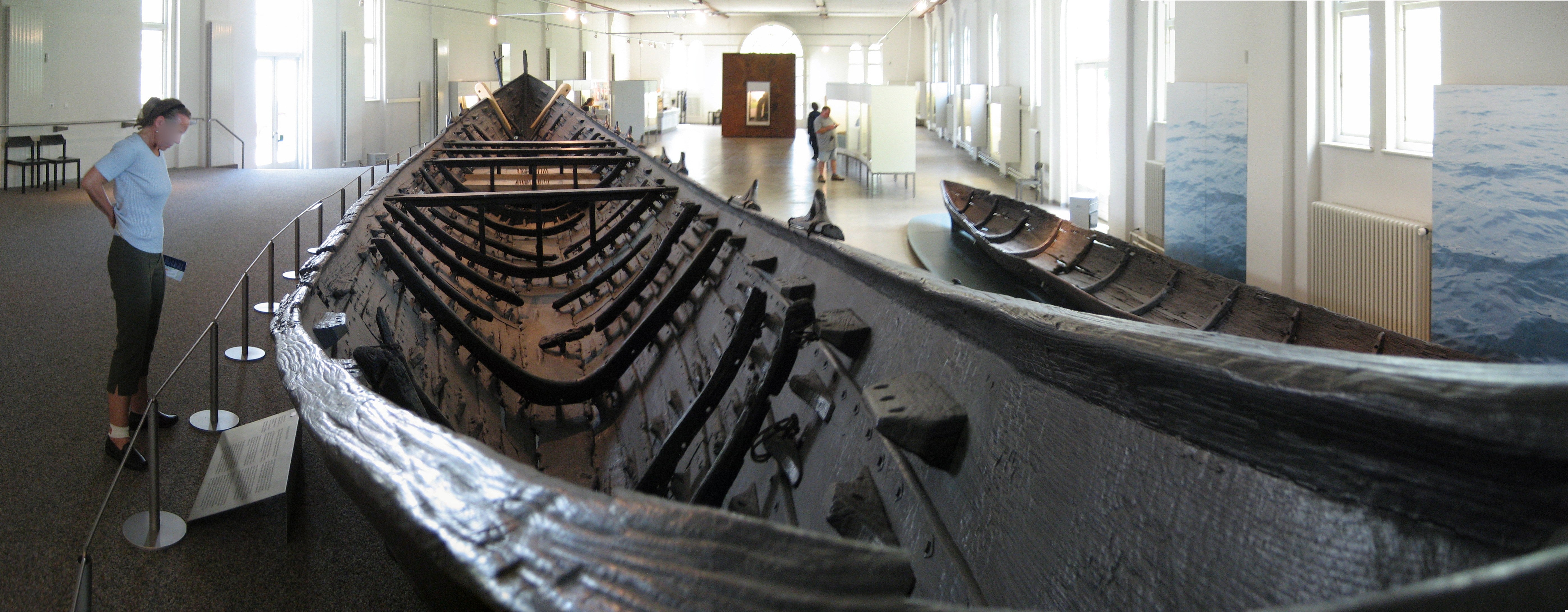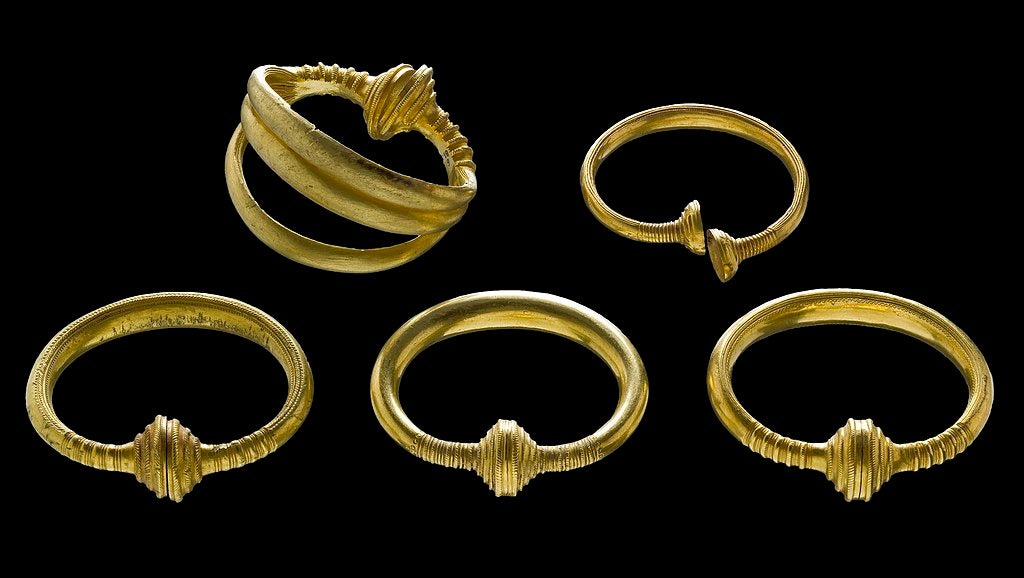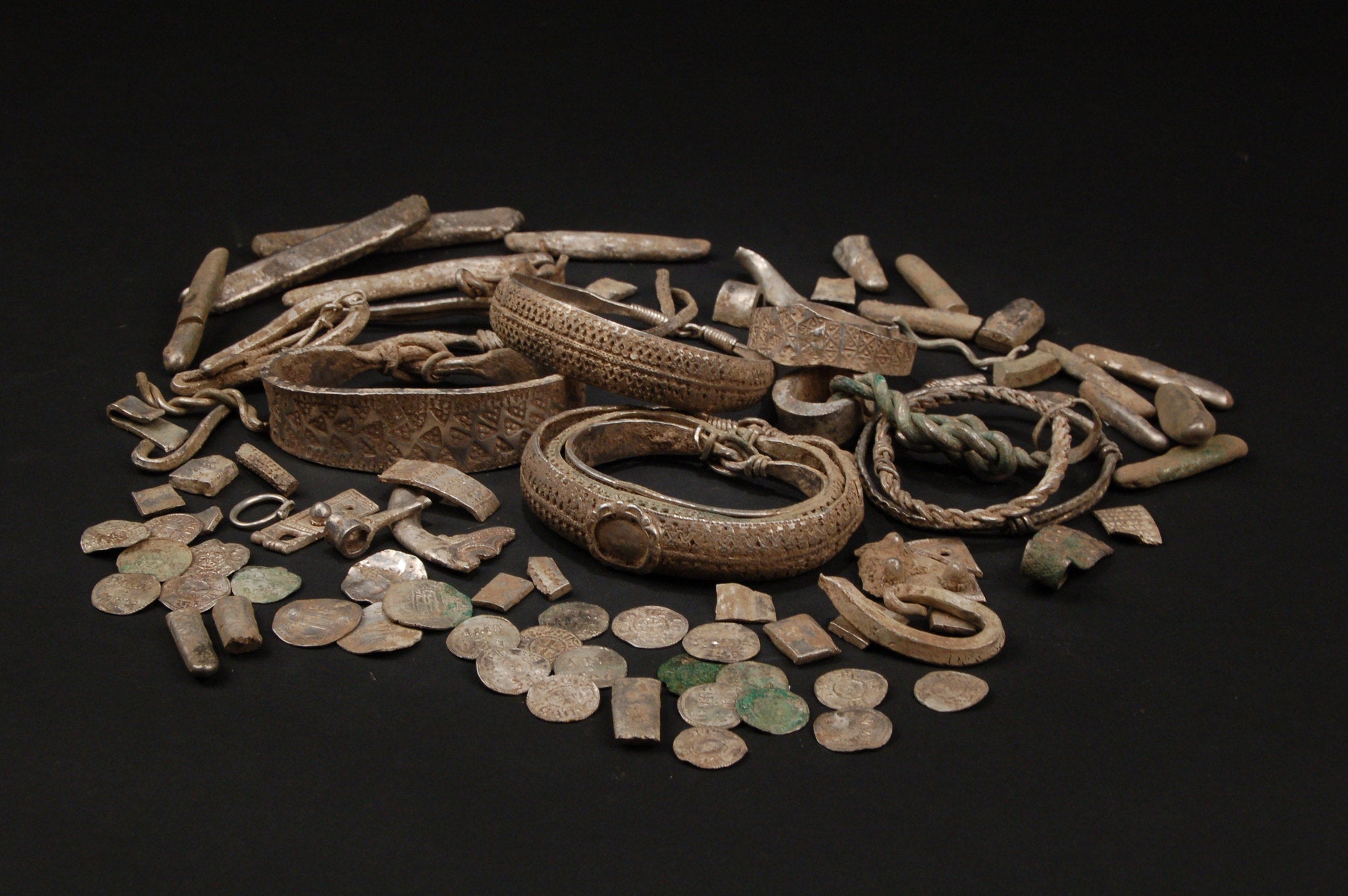
Nydam Mose: Exploring A Bog Filled With Iron Age Relics
The bog of Nydam Mose, nestled in the Danish landscape, holds within its murky depths a treasure trove of ancient relics dating back to the Iron Age. While the first serendipitous discoveries emerged in the 1830s when a local farmer stumbled upon old swords and shields, it wasn't until 1859 that systematic excavations began under the keen eye of archaeologist Conrad Engelhardt. Over the years, Nydam Mose has yielded a rich tapestry of artifacts, offering a remarkable window into the lives, traditions, and rituals of our Iron Age ancestors. Among these discoveries stand the Nydam Boats, emblematic of ancient seafaring prowess. Despite the interruptions caused by historical conflicts, the significance of Nydam Mose as a repository of history remains undiminished, captivating the imagination of scholars and enthusiasts alike.

Nydam Mose, Øster Sottrup, Denmark by Erik Christensen (Public Domain)
During the Iron and Bronze ages, bogs, such as the Nydam Mose, were considered sacred places in Northern Europe, particularly in England and Scandinavia. They were neither fully land nor water, and because of this, were seen as gateways to other realms – this made them ideal sites for making offerings to the gods. Here, the spoils of war, including weapons and even ships from defeated foes were intentional damaged and destroyed – bent, beaten, and shattered into fragments – in acts of ritualistic sacrifices. Rituals like these were particularly prominent between 200CE – 400CE. These bogs weren’t just for inanimate objects to sacrifice, however, there have been many occasions where human remains have been discovered during excavations. These sacrifices could have been criminals, prisoners of war, or even individuals who went willingly to their deaths. The preservation of these bodies - providing chilling yet fascinating insights - is due to the climate of bogs and swamps. The cold and damp and acidic conditions help preserve the sacrifices in these bogs, which makes these sites some of the most insightful and abundant excavations to study.
Discovery and Excavations

Iron Axes and Shield Bosses from Nydam Mose, at Schloss Gottorf Museum, Schleswig, Germany by Erik Christensen (Public Domain)
The first recorded finds from the Nydam Mose date all the way back to the 1830s. This find consisted of a cluster of old swords and shattered shields in the bog, discovered by a local farmer. Unaware of the historical significance these objects held, the farmer passed these ancient artifacts over to his children as mere toys.
After this discovery, the bog remained unturned all the way until 1859, when archaeologist Conrad Engelhardt took interest in the site. This was the first true excavation of Nydam Mose, which lasted until 1863. During this time, Conrad unearthed a wealth of artifacts that provided a unique glimpse into the European Iron Age.

Erik Christensen's photo from the book: Conrad Engelhardt. Nydam mosefund 1859-1863. The book is over 100 years old (Public Domain)
Among these artifacts discovered were a bountiful number of medieval weapons, tools, and pieces of clothing. The weapons were diverse, including things such as lances, spears, bows, arrows, and rounded shields. These weapons were likely used in battles, then deliberately deposited in the bog as part of a ritual sacrifice. It is unknown whether these weapons were used by the folk who buried them, or their opponents.
However, the most significant finds from Engelhardt’s excavations were two intact clinker-built boards, one made of oak and the other of pine. These boats, especially the oaken one, are considered among some of the most important archaeological finds in Denmark, as they provide valuable insights into seafaring traditions and craftsmanship during the Iron Age.

The Nydam oak boat on display at Gottorf Castle, Schleswig, Germany by Erik Christensen (Public Domain)
Engelhardt’s work at the bog unfortunately ceased with the outbreak of the Second Schleswig War in early 1864. During this time, the boat made of pine was ripped to shreds by troops and used as firewood. After the war ended, during the peace treaties, it was decided that all the treasures found in this bog would be passed over to Germany. After quite a lot of mishaps and some of the treasures, including a boat, had gone missing, the findings were eventually retrieved and handed over.
Despite these losses, the artifacts recovered from Nydam Mose continue to be of immense historical value. They shed light on the warfare, craftsmanship, and religious practices of the Iron Age people, making Nydam Mose one of the most important archaeological sites in Northern Europe.
Further Excavations

A modern-day view of the Nydam Bog by Erik Christensen (Public Domain)
The Nydam Society, formed in 1983, plays a significant role in the ongoing research and preservation efforts at Nydam Mose. The society, known as “Selskabet for Nydamforskning” in Danish, was established to foster interest in the archaeological site and its rich history. The society’s activities include conducting research, promoting public awareness, and supporting the preservation of the site, and more excavations. During one of these excavations, another boat was discovered hidden beneath the bog, later named Nydam II. The exact circumstances as to how this particular boat remains unknown.
In 1989, the National Museum of Denmark stepped in and recommenced more excavation of Nydam Mose. This new phase of exploration revealed a new assortment of weapons, including swords, spears, bows, and arrows. Alongside weapons, the excavation also unearthed and the Nydam III, and personal items such as belt buckles, brooches, and ornate clasps, which offered a glimpse into the fashion of the Iron Age people.

Arrowheads made of bones and antler found in the Nydam Mose, dated to the 5th century AD by Bullenwächter (Public Domain)
This long and slow revealing of the Nydam Mose’s relics have helped archaeologist and historians alike learning more about the Iron Age – a period which is known for significant cultural and technological advancements - the artifacts from Nydam Mose provide a tangible link to this fascinating era of history. The findings from the 1989 excavation have greatly enriched our understanding of history, and underscore the importance of Nydam Mose as a site of historical and archaeological significance.
Conclusion

Photo from the book: Conrad Engelhardt by Erik Christensen (Public Domain)
As the bog relinquishes more of its secrets with each excavation, Nydam Mose continues to serve as a beacon illuminating the shadows of the Iron Age. The recent excavations led by the National Museum of Denmark in 1989 have further enriched our understanding of this pivotal period in human history. Through the discovery of weapons, personal effects, and other artifacts, Nydam Mose beckons us to delve deeper into the mysteries of our past, offering invaluable insights into the cultural, technological, and social landscapes of antiquity. As we unravel the threads of time woven within its muddy embrace, Nydam Mose stands as a testament to the enduring legacy of our ancestors and the timeless allure of archaeological exploration.
Citations:
Georgievska, M. (2017, June 29). Nydam Mose: The site where oldest Nordic ship was found, probably as offering to gods | TheVintageNews.com
Petersen, P. V., Nielsen, P. O., & Holst, S. (2020). 1. Nydam in the past, present and future. Excavating Nydam Archaeology, Researchgate.com
National Museum’s Research Project 1989‑99. https://www.academia.edu
The Nydam Boat | Early Medieval Archaeology. (n.d.), early-med.archeurope.com
Nydam Mose. (n.d.). Www.bricksite.com. Retrieved March 25, 2024, from https://www.bricksite.com/nydam/nydam-boats
Nydam Mose. (2023, April 17). Wikipedia. https://en.wikipedia.org/wiki/Nydam_Mose








